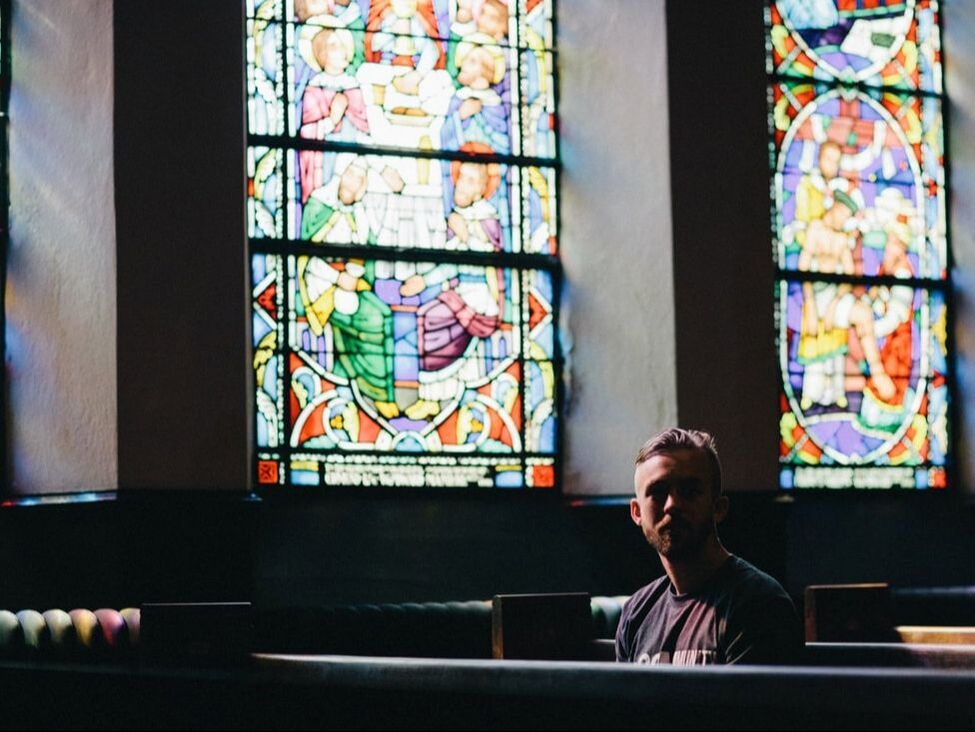|
|
|
On April 11, 2015, Pia Kjaersgaard, former leader of radical right populist Danish People’s Party concluded in her opinion piece: ‘We must dare to say that Christianity is better than Islam’. One year later, during the so-called burkini debate in France, Marine Le Pen, leader of radical right populist National Rally (formerly National Front), wrote in her blog: ‘This is the soul of France that is in question (…) France does not lock away a woman’s body, France does not hide half of its population under the fallacious and hateful pretext that the other half fears it will be tempted.’
These examples illustrate phenomena that have interested both academics and the public following the rise of radical right populist parties in the last couple of decades. More clearly, how are religion and gender featured in the rhetoric of such parties? These debates reveal two paradoxes.
First, concerning religion, and as illustrated remarkably clear in the first quote above, these parties tend to juxtapose Christianity and Islam, emphasising the former’s quality as part of ‘us,’ which needs defending against the ills of the latter. Placing religion at the core of people’s identity, however, contrasts sharply to the ongoing secularisation across the Western world.
Second, concerning gender, radical right populists talk about gender equality, sexual and reproductive rights as ‘our’ values that need protection against that same threatening Islam. The paradox lies therein that these parties themselves are remarkably suspicious – even hostile – towards any emancipatory pushes. To date, most research has addressed these issues separately, but little is known about how these two notions interact in populist discourse. To explore this, our Identities article, 'Imbrications of gender and religion in Nordic radical right populism', looks at whether and how religion and gender were used in the speeches of Jimmie Åkesson, leader of the Sweden Democrats, and Jussi Halla-aho, leader of the Finns Party. Both parties have recorded noteworthy electoral gains in the past couple of decades, thus becoming timely objects of study. From the analysis of their speeches from 2018 to 2020, we can conclude that both party leaders used gender to legitimise the radical right populist ideology sharp distinction between ‘us, the people’ and racialised ‘Others’, particularly Muslims. In turn, religion was used to cement an image of said ‘Others’ as ‘less-than’ the Swedish and Finnish populations and deepen the cleavage between the secularised and ‘modern’ West, and what they described to be the fanatically religious and ‘backward’ Islamic world. Additionally, we identified another group that these party leaders stood against, namely the so-called ‘left-liberal establishment’. They accused them of protecting the ‘sacred cows’ of immigration, gender and sexual rights, and of abandoning the ‘true people’. We conclude that radical right populist parties in the Nordics make strategic use of both gender and religion to push for their political agenda, and to broaden their appeal to conservative voters. In practice, both party leaders described one of two possible scenarios for the future: in the first ‘fullness-to-come scenario’, they are successful, and in the second, the ‘doomsday scenario’, an apocalyptic future is envisaged for ‘the people’, should the ‘leftist-liberal establishment’ maintain power. In fact, the latter scenario dominates their speeches, which indicates that painting doomsday scenarios is less costly than offering concrete solutions to burning problems. In sum, the two politicians presented themselves and their parties as the ‘true’ protectors of secular and rationality-driven ‘people’, who cherish ‘their freedoms’, against both misguided elites and racialised migrant ‘Others’, who are stereotypically portrayed as welfare parasites and backward religious traditionalists opposing gender equality, sexual and reproductive rights. These findings beg the question how progressive politicians could present more persuasive fullness-to-come scenarios of their own, which help them succeed in their emancipatory and egalitarian pursuits.
Blog post by Ov Cristian Norocel, Lund University, Sweden and Katarina Pettersson, University of Helsinki, Finland
Read the Identities article: Norocel, Ov Cristian & Pettersson, Katarina. Imbrications of gender and religion in Nordic radical right populism. Identities: Global Studies in Culture and Power. DOI: 10.1080/1070289X.2021.1990542
Explore other relevant Identities articles:
No populism’s land? Religion and gender in Romanian politics In pursuit of purity: populist nationalism and the racialization of difference From the spectacular to the mundane: radical democracy in the open city
0 Comments
Your comment will be posted after it is approved.
Leave a Reply. |
|
Explore Identities at tandfonline.com/GIDE |
|
The views and opinions expressed on The Identities Blog are solely those of the original blog post authors, and not of the journal, Taylor & Francis Group or the University of Glasgow.


